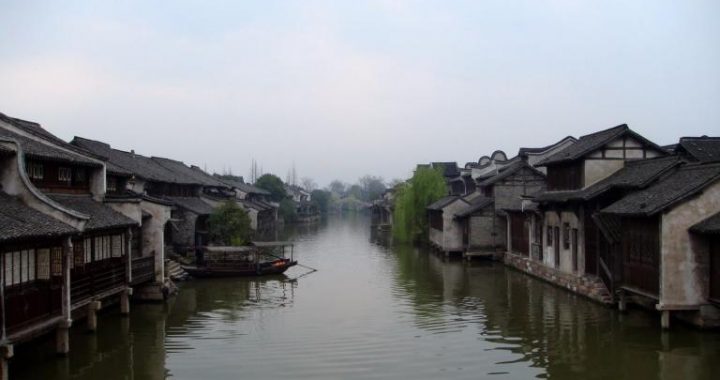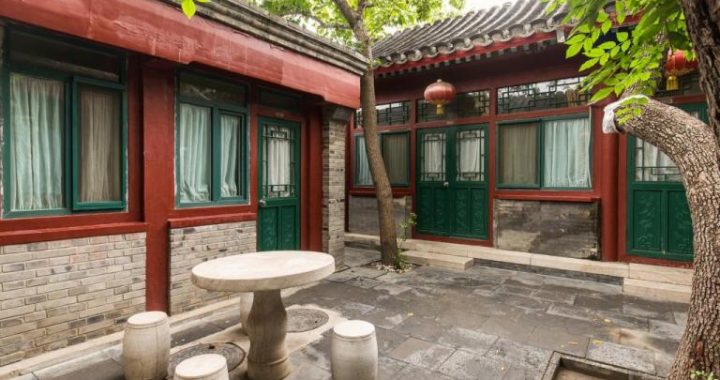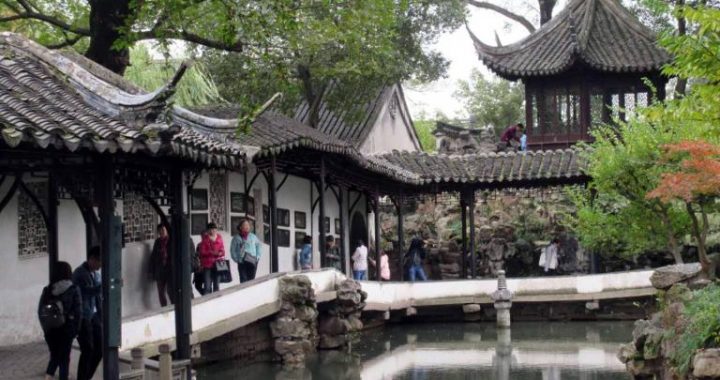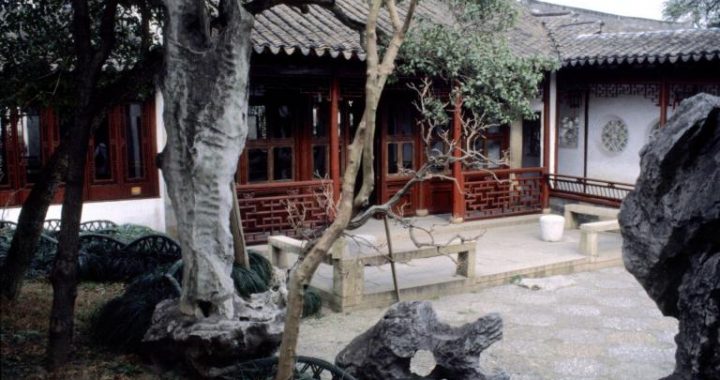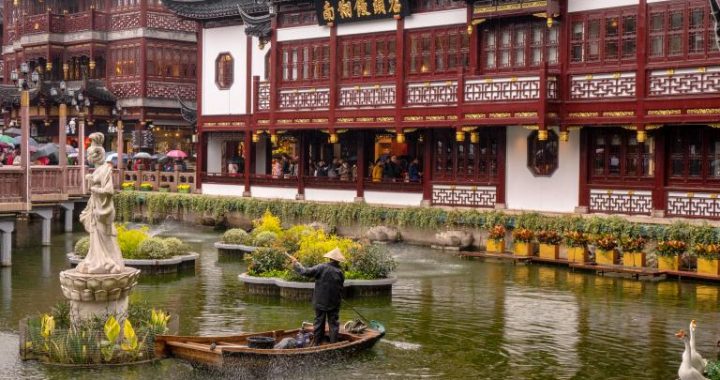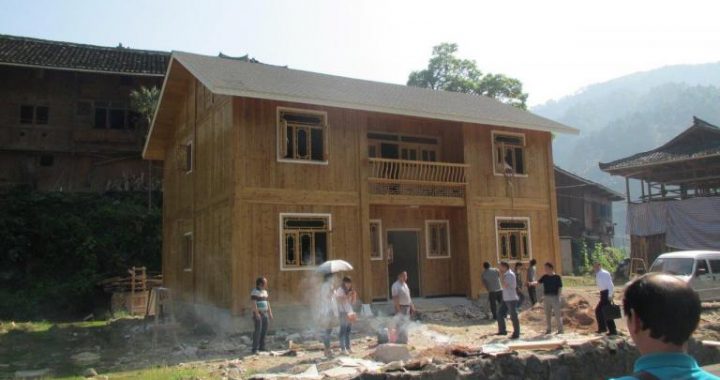Buddhist Buildinas
2 min readIn the 2nd century BC,Emperor Wudi of the Han Dynasty(on the throne from 140 BC to 87 BC)dispatched Zhang Qian to the Western Regions on a diplomatic mission,and opened the”Silk Road”of land transportation leadinc to Central Asia and West Asia.After Buddhism spread to China from India along the silk road of cultural exchange between China and the West,it was followed by ordinary people and received attention and support from rulers.In the period of the Wei Dynasty,the Jin Dynasty and the Southern and Northern Dynasties(220-589),the spread of Buddhism reached a peak.At that time,Emperor Wudi of the Liang Dynasty(on the throne from 502 to 549)designated Buddhism as the national religion and built a lot of temples.In the Tang Dynasty,Du Mu wrote,”Of the 480 temples built by the Southern Dynasties,many towers and terraces still remain erect in the misty rain.”This is a true picture of that historical fact.The Tang Dynasty is another peak period of Buddhism’s development.It not only developed in China,but also spread to Korea,Japan and Vietnam.The rulers of the Yuan Dynasty advocated Lamaism,so many lama temples emerged.

We usually call Buddhism popular among Han people mainly in most parts of China Han Buddhism, and call Esoteric Buddhism that spread to Tibet directly from India and Nepal Tibetan Buddhism or Lamaism; there are a few temples of Theravada Buddhism in places such as Xishuangbanna, Yunnan quite different from traditional Buddhist temples in Han areas.
In ancient China, monarchical power was always higher than religious authority. The prevalence of Buddhism, the constant increase in the number of Buddhist temples and the expansion of the privileges of Buddhist monks and nuns harmed the imperial court’s interests. During the reign of Emperor Taiwu of the Northern Wei Dynasty (on the throne from 423 to 452), the reign of Emperor Wu of the Northern Zhou Dynasty(on the throne from 560 to 578)and the reign of Emperor Wuzong of the Tang Dynasty (on the throne from 840 to 846), incidents of “extermination of Buddhism”occurred successively.

However, such incidents of large-scale prohibition of Buddhism only lasted fora very short time in history, and Buddhism still developed afterwards. Buddhist architecture continued in China for 18 centuries without interruption, and became one of the main architectural types in Chinese feudal society. The main architectural forms include Buddhist temples, pagodas and grottoes.

